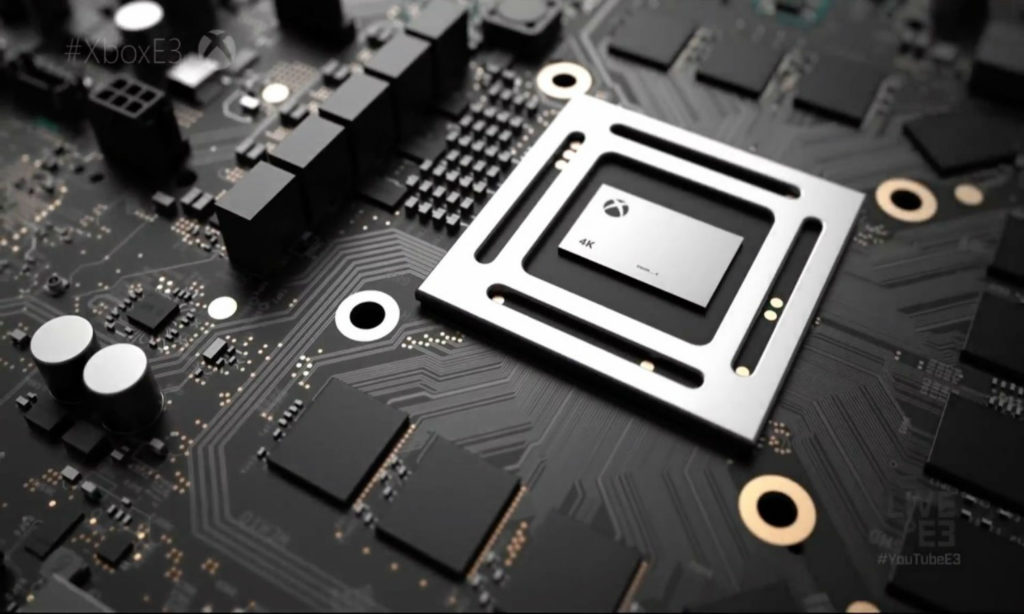

News surfaced this week that Microsoft was planning on bringing a VR headset to the Xbox console but scrapped its plans earlier this year, according to CNET. Sources claim the decision was made because Microsoft is waiting for better technology.
Earlier this year during E3, Mike Nichols, Microsoft’s chief marketing officer for gaming, said Microsoft didn’t have current plans to bring VR or MR to the Xbox. Though that may be true, Nichols failed to mention that there were plans for a headset before.
Half-Baked VR Plans
Microsoft has been flirting with VR for a long time. In 2015, it announced a partnership with Oculus VR that would see the Xbox One controller bundled with the Oculus Rift and an Xbox streaming app that would enable you to play Xbox One content with the Oculus Rift headset. At the time, we suspected that the partnership would eventually enable the Oculus Rift to work with the Xbox One console. That was before Oculus released the Rift CV1 (consumer version 1) headset.
When Oculus released the specifications for the consumer headset, the idea of plugging it into an Xbox console went out the window because it offers resolution greater than 1080p. However, a year later, Microsoft revealed Project Scorpio, which would eventually become the powerful Xbox One X console. During the company’s 2016 E3 presentation, Phil Spencer, head of the Xbox brand, proudly declared that the upcoming console would handle “4K gaming and high-fidelity VR” and would be available in time for the 2017 holiday season.
Microsoft lived up to its release window claims, and the Xbox One X is certainly capable of powering games at 4K resolution. However, leading up to the console’s launch, the company quietly backtracked from its console VR ambitions. Microsoft removed all references to VR on it’s Project Scorpio web page ahead of its 2017 E3 presentation, and it didn’t speak about VR at all during the official reveal of the Xbox One X console.
Windows Mixed Reality Took Precedent
In fall 2016, Microsoft revealed its plans for the Windows Mixed Reality platform, which would support the HoloLens AR headset and a cluster of third-party VR headsets. At the time, it seemed natural to expect the Windows Mixed Reality VR headsets to work with the new Xbox. The announcements timeline seemed to line up, and the Xbox One X’s 8 teraflop GPU should be powerful enough to deliver enjoyable VR experiences.
However, Microsoft had other plans for Xbox VR. According to CNET’s sources, Microsoft was developing a VR headset in-house that would have paired with its latest console. Not much is known about the headset’s specifications, but CNET’s sources indicated that the screen specifications were “considered good,” but not up to par with Rift and HTC Vive screens. Microsoft was likely working with lower resolution displays like the ones in Sony’s PlayStation VR headset. Given the current range of high-resolution VR headsets for PC, a headset with 1080p displays probably wouldn’t go over well in 2018.
Waiting for Wireless
Resolution isn’t Microsoft’s only concern. Last year, Spencer said that Microsoft was concerned about the prospects of VR in the living room, which is why it backed away from its VR messaging. This year at E3, Spencer elaborated on his concerns, which are mainly focused on the hazardous cords that today’s headsets require. CNET’s sources echoed that mindset and suggested that the headset was cancelled in favor of waiting for reliable and affordable wireless VR technologies.
Wireless VR technology is available today (HTC’s Vive wireless adapter goes on sale next week), but the hardware needed to make it work is expensive. It also requires a receiver be installed in your computer. Microsoft could conceivably install that technology in it’s next console, but it’s not possible to retrofit into the current Xbox models. Hopefully, we’ll see a wireless VR headset for the Xbox platform in the future, but with rumors of an Xbox One successor on the horizon, Microsoft could be waiting to bring VR to the next generation of its living room gaming console.
However, the lukewarm reaction to Microsoft’s Mixed Reality efforts likely gave the company a reason to second guess further investment in the medium. And there doesn’t seem to be that much noise demanding VR on the Xbox platform anyway, so who knows if we’ll ever see VR on the Xbox.